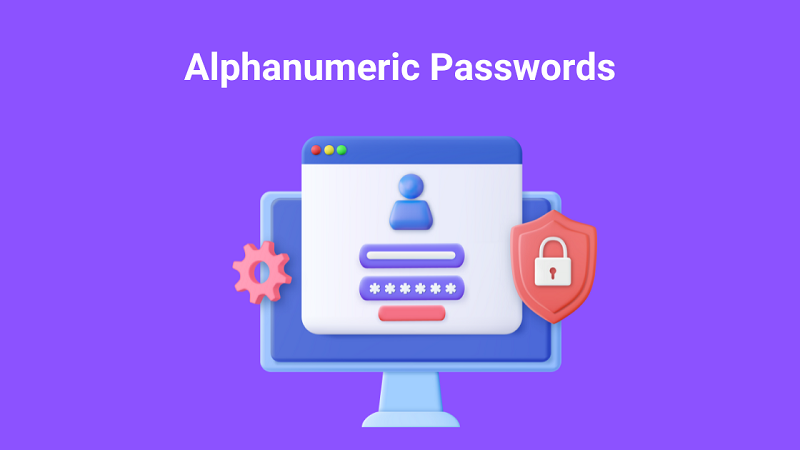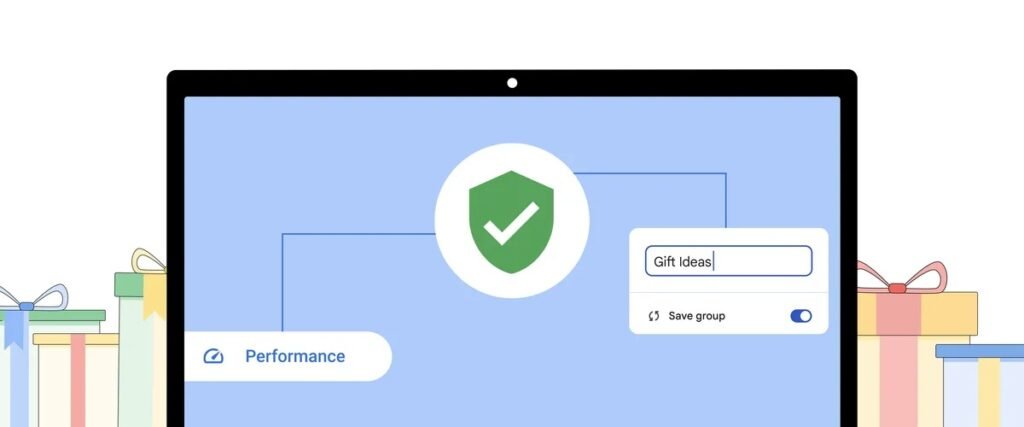| Unlock the power of PIN! 🔒 👓 Discover the secrets of these digital guardians, learn how to create an invincible PIN, and safeguard your personal information in the ever-evolving digital landscape. 🔑 🛡️ |

A personal identification number is a secret code that is used to authenticate a user’s identity. PINs are typically numbers, but they can also be alpha-numeric. They are commonly used to access financial accounts, such as ATMs and credit cards, and to secure other devices and accounts, such as computers and smartphones.
What is a PIN (Personal Identification Number)?
Definition – It is a numeric or alphanumeric passcode used to authenticate an individual’s identity while accessing a system. It is a security measure that helps prevent unauthorized access to sensitive information or resources.
History of Personal Id Number
The concept of personal identification No originated in the early days of computing, when mainframe computers required users to enter a unique code to access their accounts. By the 1970s, personal identification no were becoming increasingly common, and they were adopted by banks for ATM transactions. The widespread adoption of personal identification no accelerated in the 1980s with the rise of debit and credit cards.
Examples of Personal Number Usage
Personal Number are used in a variety of applications, including:
- ATM transactions: Entering a Personal Number is required to withdraw cash or make other transactions from an ATM.
- Credit card purchases: Entering a Personal No is often required to complete a credit card purchase at a point-of-sale (POS) terminal.
- Secure access control: Personal number can be used to control access to computers, networks, and other secure devices.
- Online banking: Entering a personal number is often required to log in to an online banking account.
Pros of Personal Id Number
PINs offer several advantages as a security measure:
- Ease of use: Personal number are relatively easy for users to remember and enter, making them convenient for everyday use.
- Wide acceptance: Personal number are universally recognized and supported by a wide range of devices and systems.
- Relative security: Perspma number provide a moderate level of security, provided they are chosen carefully and not shared with others.
Cons of Personal Id Number
Despite their benefits, personal identification number also have some drawbacks:
- Potential for shoulder surfing: Personal number can be vulnerable to shoulder surfing, where someone observes a user entering their PIN.
- Reusable codes: Personal number are typically reused for multiple transactions, making them susceptible to brute-force attacks.
- Physical access requirements: Personal number require physical access to the device or system, which can be a limitation in certain circumstances.
Tips for Protecting Personal Id Number
To maximize the security of your Personal Number, consider these tips:
- Choose a strong Personal Number: Avoid using easily guessable personal information like birthdays or anniversaries.
- Avoid writing down your Personal Number: Keep it memorized and don’t store it in an insecure location.
- Beware of shoulder surfing: Be aware of your surroundings and cover the keypad while entering your personal number.
- Change your Personal Identification No regularly: Especially if you have lost your device or believe your Personal number has been compromised.
- Use multi-factor authentication: Combine personal number with other security measures like biometrics or passwords for enhanced protection.
By following these tips, you can significantly enhance the security of your Persnol Identification No and reduce the chances of unauthorized access to your personal information.
Conclusion
Personal Id Number play a crucial role in our daily lives, providing a secure means of accessing our accounts and devices. While they have their limitations, implementing best practices and being mindful of their usage can help ensure the safety of our personal information. So, the next time you enter your PIN, remember that it’s not just a combination of numbers; it’s a key to unlocking security.
Where do we use Personal Id Number?
Personal Numbers, are widely used to authenticate users and protect sensitive information. Here are some common examples of where PINs are used:
Financial transactions:
ATMs: When you withdraw cash or make other transactions at an ATM, you need to enter your personal number to confirm your identity.
Credit card purchases: Many credit card transactions require you to enter your personal number at the point of sale (POS) terminal.
Online banking: You often need to enter your personal number to log in to your online banking account.
Device security:
Mobile phones: Personal Id number are commonly used to lock and unlock smartphones.
Tablets: Some tablets also use personal number for security.
Laptops: Many laptops have personal id number or other forms of biometric authentication to prevent unauthorized access.
Secure access control:
Access cards: Some access cards use personal id number to provide additional security when entering secure buildings or areas.
Home security systems: Personal number can be used to arm and disarm home security systems.
Office networks: Personal number can be used to control access to office networks.
Other applications:
Online gaming: Many online games use Personal ID number to protect user accounts and prevent unauthorized access.
Social media apps: Some social media apps allow you to use Personal number for two-factor authentication.
Electronic health records (EHRs): PINs are often used to access EHRs to protect patient privacy.


